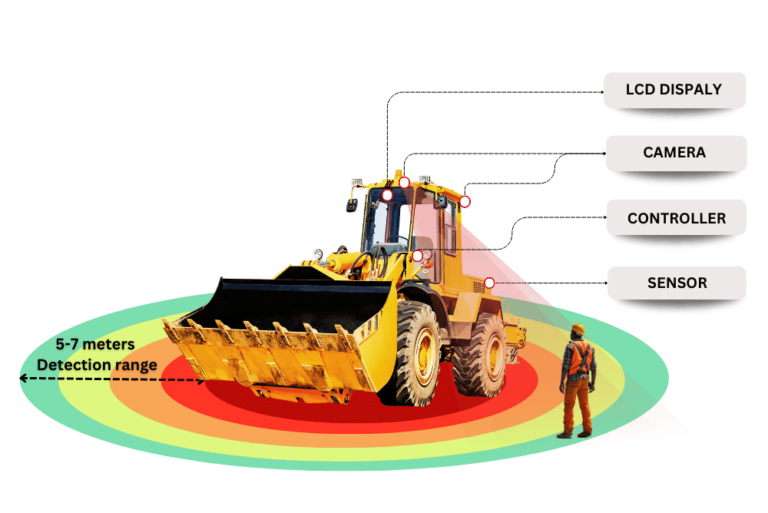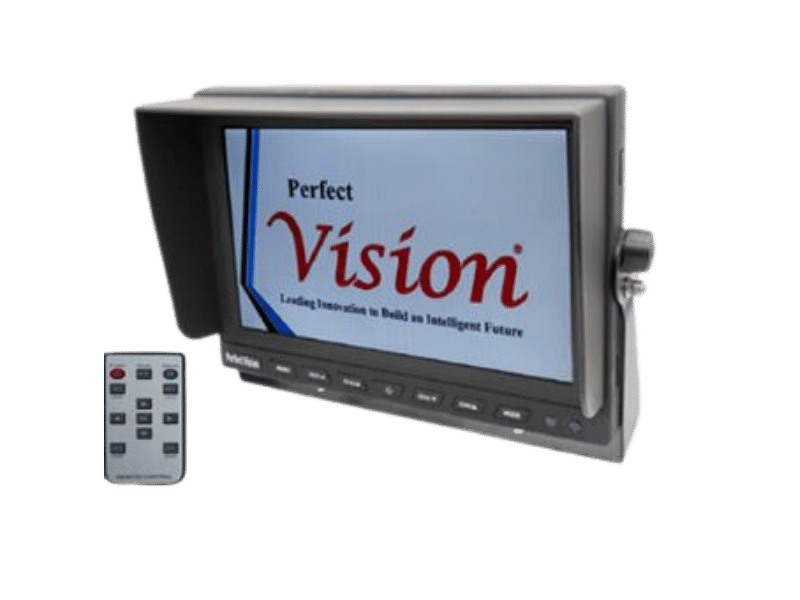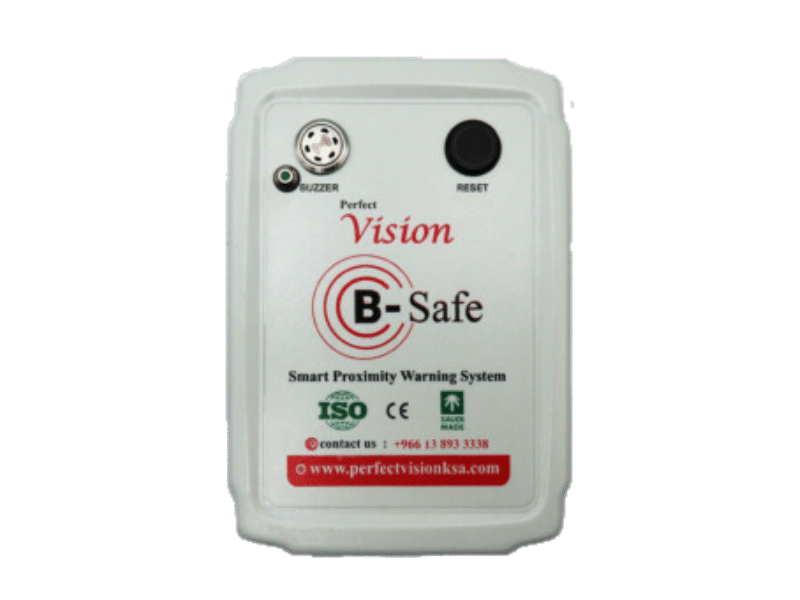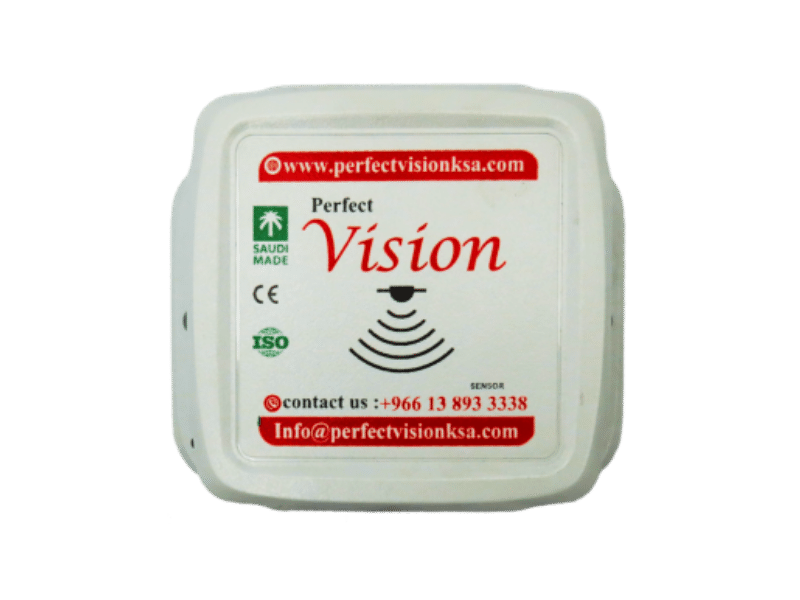Non-Tag Based Proximity Warning Alert System
Back over incidents are a prevalent hazard in worksites, posing significant risks to personnel and equipment. The non-tag based PWAS system effectively addresses this concern by minimizing back over accidents caused by vehicles reversing on the premises. This proximity warning system, devoid of tags, is designed to detect all individuals and objects in the vicinity, regardless of whether they are wearing tags or not. By providing comprehensive coverage without the need for tags, it enhances safety measures and reduces the likelihood of back over incidents occurring.
Our non-tag based proximity warning alert system offers a proactive solution to worksite safety, particularly in mitigating the risks associated with vehicle movement in reverse. With its ability to detect unremarkable personnel and objects without reliance on tags, this system ensures a higher level of safety awareness and accident prevention. By leveraging advanced detection technology, it contributes to a safer working environment for all individuals involved.

Components of Non-tag based PWAS

LCD Display
The LCD display provides real-time visual feedback to operators and personnel, presenting warnings and alerts regarding detected objects or potential hazards. Its clear and intuitive interface facilitates quick decision-making and proactive response, promoting a safer working environment.

Camera
Integrated into our Non-Tag based PWAS, the camera component enhances visual monitoring and detection capabilities. By capturing live footage of the surrounding area, it provides additional context and information to operators, enabling better situational awareness and accident prevention.

Controller
Serving as the central processing unit, the controller component coordinates the operation of the entire Non-Tag based PWAS. It manages data from sensors and cameras, processes information, and triggers appropriate responses, ensuring seamless functionality and effective safety measures implementation.

Sensor
The sensor component of our Non-Tag based PWAS serves as the core element, detecting objects and personnel within the proximity of machinery. With advanced sensing capabilities, it ensures accurate detection and reliable operation, contributing to enhanced safety on the worksite.
Features of Non-Tag based Proximity Warning Alert System
Our non-tag based proximity warning alarm system is equipped with advanced sensors capable of detecting any objects that enter the detection zone, ensuring comprehensive coverage and heightened safety awareness.
With visual indicators and audible alarms, our system promptly alerts operators and personnel to the presence of objects within the vicinity, allowing for quick response and accident prevention.
Offering a wide 180-degree detection area coverage, our system eliminates blind spots, enhancing safety by providing complete visibility around the machinery.
By detecting objects in the surrounding area, our system effectively eliminates blind spots, reducing the risk of accidents and ensuring a safer working environment.
Our non-tag based proximity warning alarm system is versatile and adaptable, making it suitable for use with any type of machinery, regardless of size or complexity.
Users have the flexibility to define the detection range according to their specific needs, allowing customization for different operational environments and scenarios.
The system provides comprehensive reporting capabilities for events and hazards detected, enabling proactive management of safety incidents and ensuring continuous improvement in safety measures.
The Functionality of Non-Tag Based Proximity Warning Systems
Non-tag based proximity warning alert systems operate using special sensors to detect nearby objects or hazards without relying on tags or specific devices. These sensors continuously scan the area around them, measuring distances and monitoring for potential dangers or objects that might collide. When the sensors detect a risky situation, such as two objects getting too close, they send a signal to the control unit of the system. The control unit then activates warning signals, such as flashing lights or beeping sounds, to alert people nearby, helping them avoid accidents.
These systems play a crucial role in places like factories or busy streets by providing early warnings about potential dangers. By utilizing sensors to watch out for hazards, these systems make it safer for people to work and move around without the worry of unexpected accidents. The control unit acts as the brain of the system, processing signals from the sensors and triggering alerts to ensure quick and effective responses to potential risks.
Contact our experts now !
Let’s discuss how our solutions can make your workplace safer and more secure. Your safety is our priority.

